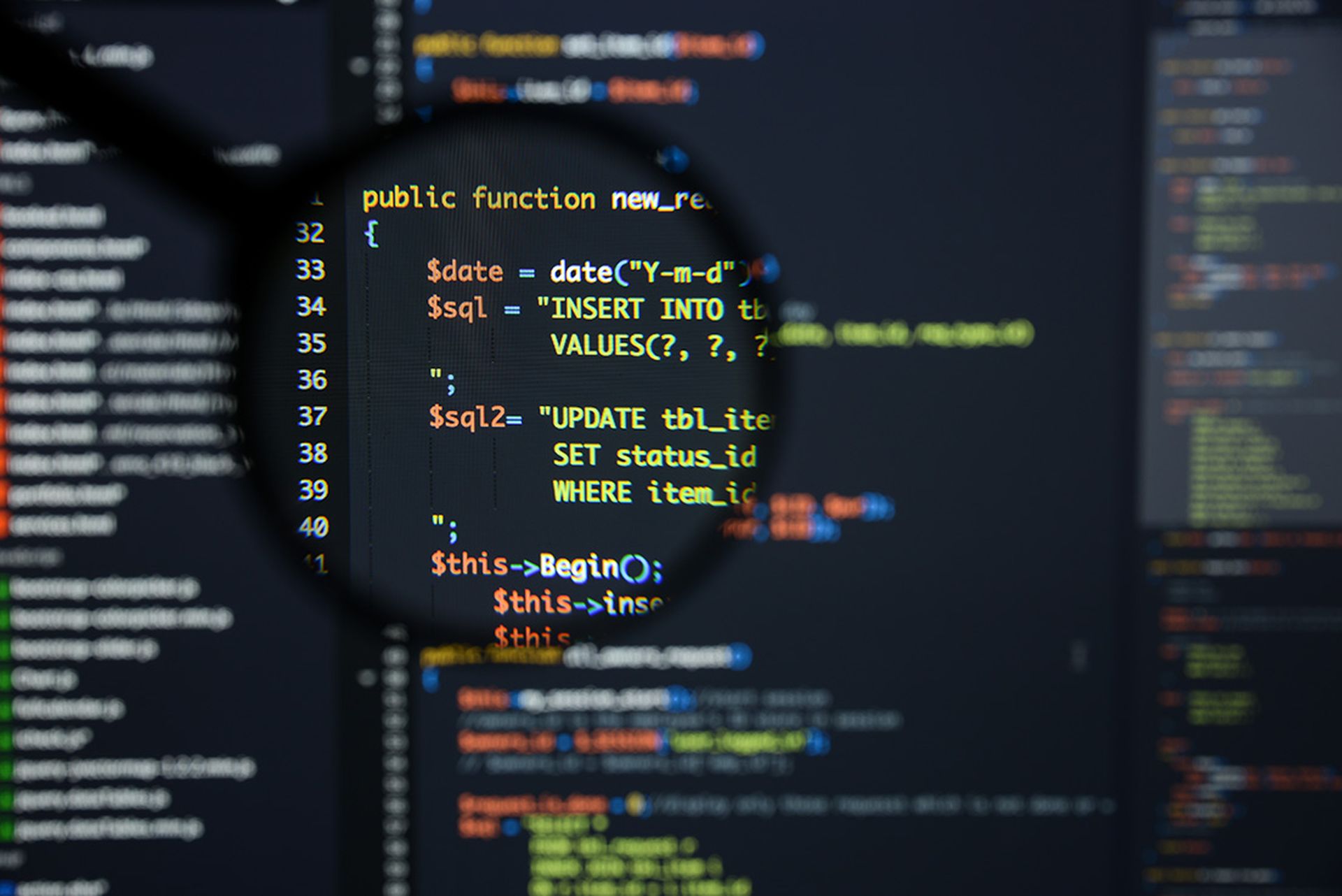Robotic Process Automation (RPA) was designed to automate repetitive, rule-based tasks traditionally performed by human workers. Using software robots or "bots," RPA can handle high-volume tasks such as data entry, transaction processing, and other administrative functions efficiently and accurately. Unlike traditional automation, RPA can interact with various applications and systems in the same way a human would, offering versatility and ease of integration into existing workflows.
Low-code no-code (LCNC) and RPA platforms like UiPath, MS Power Automate, Automation Anywhere, and Pega enable rapid creation and deployment without extensive programming knowledge. Individuals who use these platforms to build new automations are sometimes referred to as “makers” or “citizen developers,” because they are line-of-business employees, not members of the software engineering team.
While these platforms expedite the development process, they also pose significant security challenges. That’s because traditional application security controls are not designed to address the vulnerabilities associated with RPA environments. For instance, standard security tools might not scan RPA code effectively or apply the necessary security policies, leaving these automations exposed to various threats. In fact, LCNC apps and RPAs are increasingly being termed Shadow Engineering, for the rapidly growing inventory of software that lacks security oversight.
Top security risks associated with RPAs
In many ways, the risks posed by RPAs mimic the same threats that are common in traditional application security, and can lead to data breaches and operational disruption. These include:
- Supply chain attacks: While (citizen) developers are encouraged to use third party (open source or proprietary) components, these components may well present an opportunity for attackers. Attackers can introduce malicious code through malicious (or compromised) third-party components. Vulnerable components may get used by attackers to gain unauthorized access to systems and data.
- Injection attacks: Longstanding injection vulnerabilities: SQL injection, HTML injection, and command injection, are inadvertently introduced by citizen developers who fail to validate and correctly process data. These are often used by attackers to inject malicious code or otherwise manipulate the automation to execute arbitrary malicious commands or exfiltrate data. Surprisingly enough, the vulnerabilities are exploited by external attackers through the many input channels connected to LCNC applications and RPAs such as emails, web forms, social media platforms and more.
- Hard-coded credentials: Bots frequently use hard-coded credentials to access systems and data, making them a prime target for attackers who can exploit these credentials to gain unauthorized access.
- Data leakage: Sensitive data in the form of reports and emails files may leak through misuse or abuse of RPAs functionality by citizen developers who use personal emails to relay sensitive enterprise data, or send out data unencrypted.
- Inadequate access controls: RPAs may operate with broad or improperly configured access permissions, increasing the risk of privilege escalation and unauthorized activities.
- Lack of governance and visibility: Traditional security tools often fail to provide adequate visibility into the operations and data flow within RPA environments. This lack of oversight can lead to unauthorized access and misuse of sensitive data.
Best practices for mitigating RPA security risks
To effectively mitigate the security risks associated with RPAs including supply chain threats and injection attacks, organizations should adhere to the following four best practices:
- Implement robust governance: Establish a comprehensive governance framework to oversee the development, deployment, and operation of RPAs. This includes setting up policies for access controls, monitoring, and auditing.
- Enhance visibility and monitoring: Scan RPAs for vulnerabilities, monitor RPA development and deployment environments for risky configurations, and inspect RPA activity to detect potential malicious behavior.
- Secure credentials management: Avoid hard-coded credentials by implementing secure methods such as credential vaults or secrets management tools. Ensure that bots use dynamic secrets that are regularly rotated.
- Apply strict access controls: Define and enforce strict access controls for RPAs. Limit permissions based on the principle of least privilege, ensuring bots only have access to the data and systems necessary for their tasks.
While the integration of RPAs into business processes offers significant advantages, including enhanced efficiency and streamlined workflows, it also introduces security vulnerabilities that are not addressed by conventional security tools. By proactively implementing a comprehensive LCNC/RPA security program that embraces best practices, organizations can innovate confidently while protecting their critical assets and maintaining compliance with regulatory standards.
Amichai Shulman, co-founder and CTO, Nokod Security




